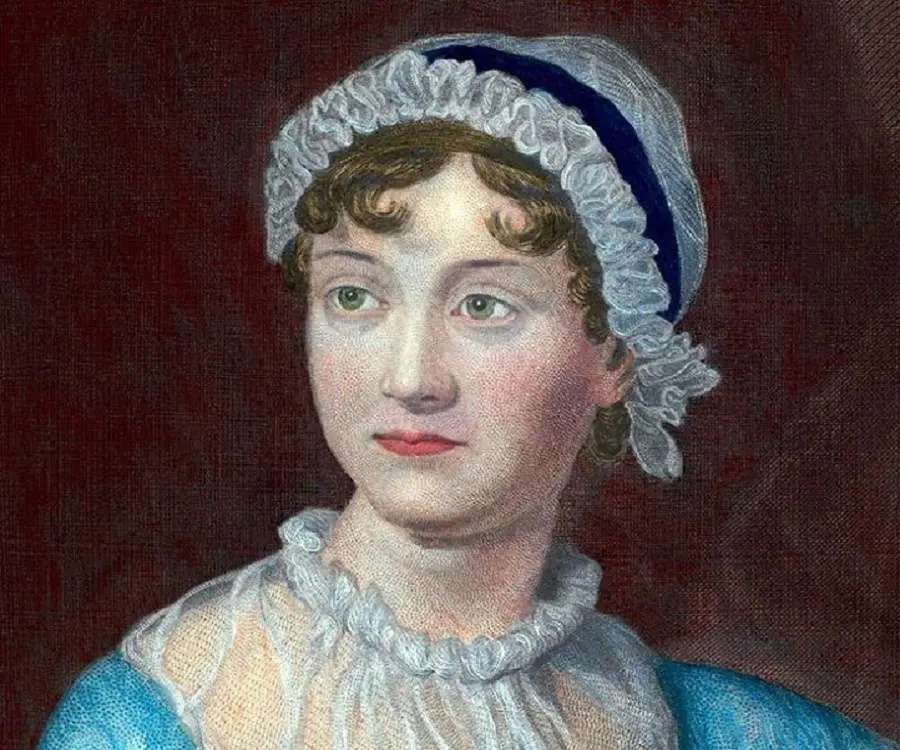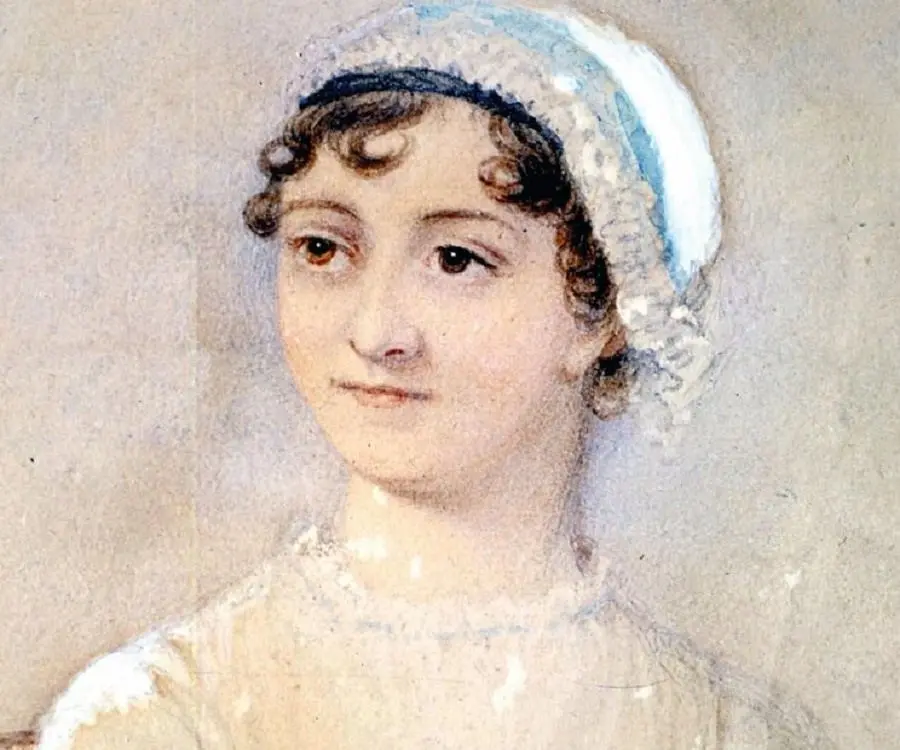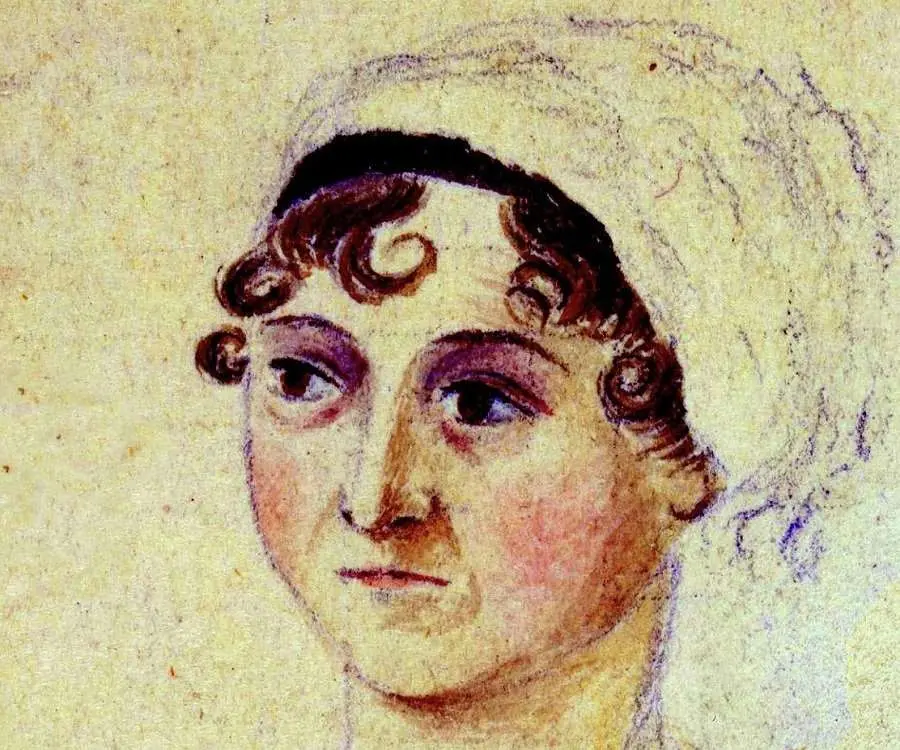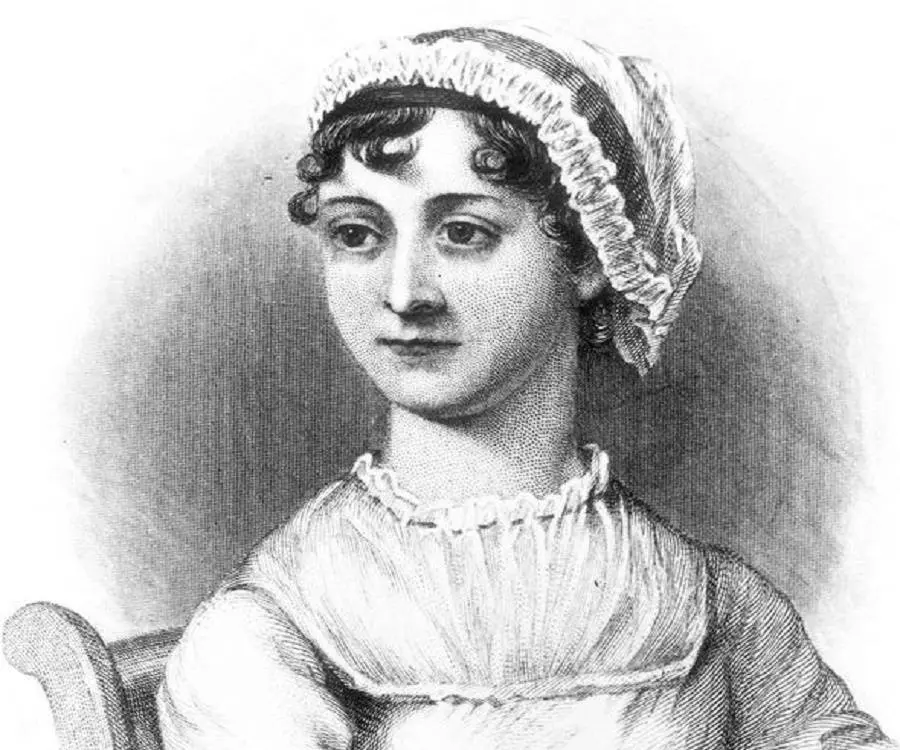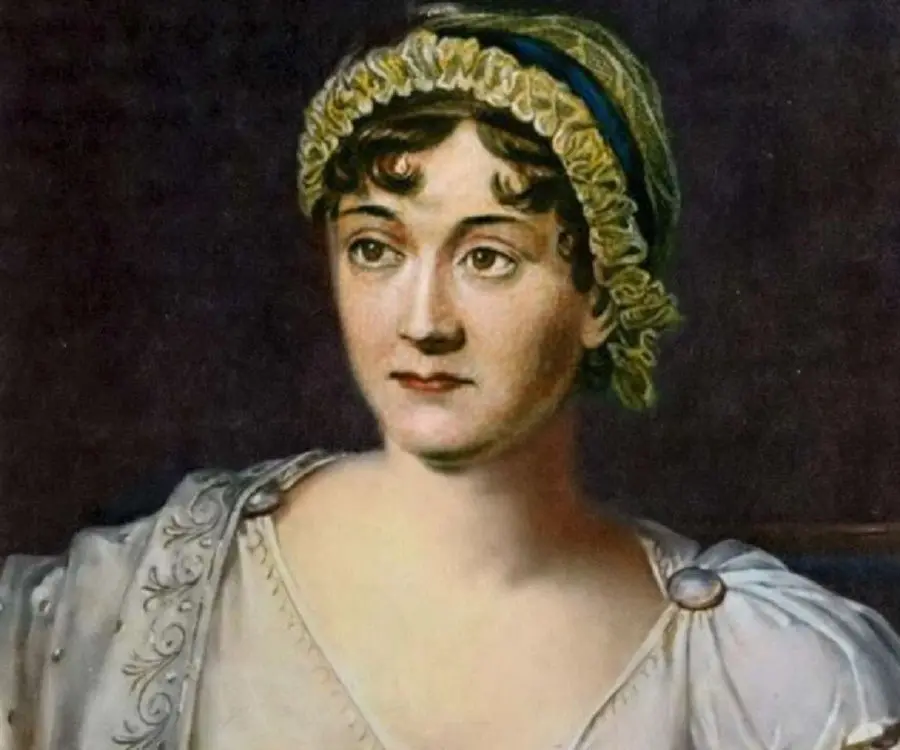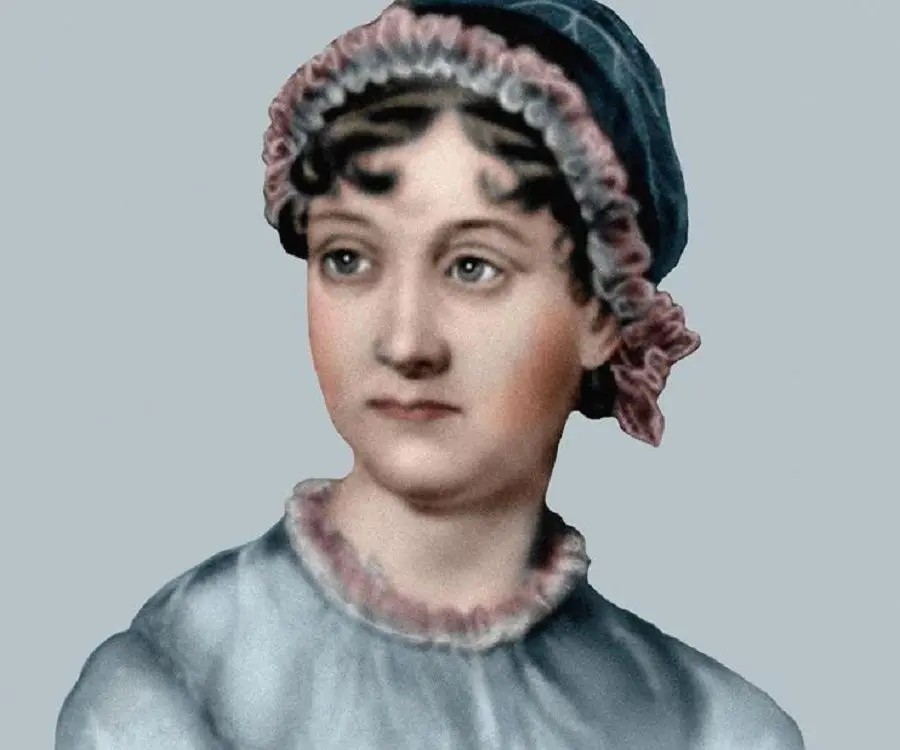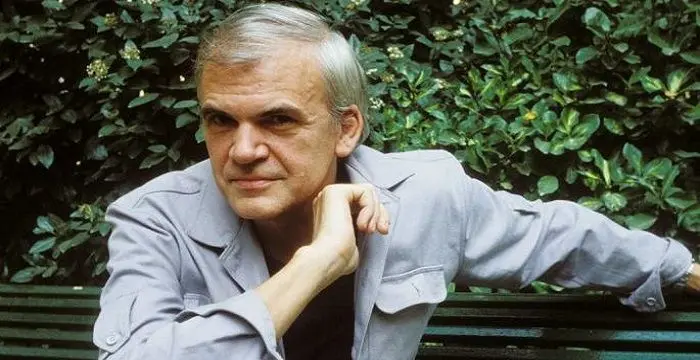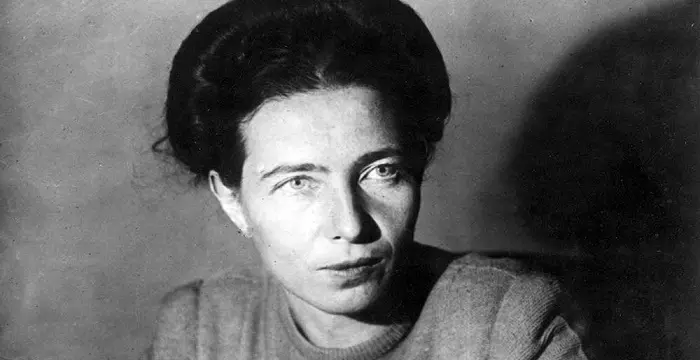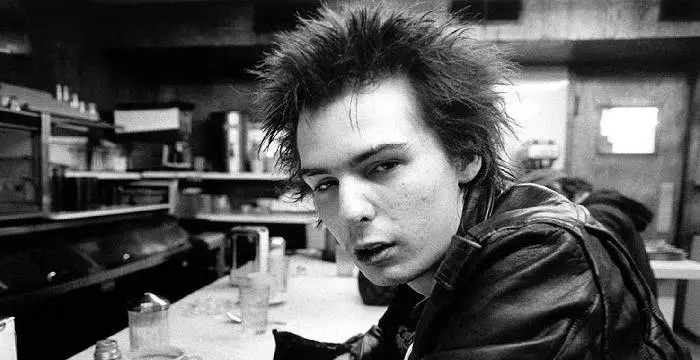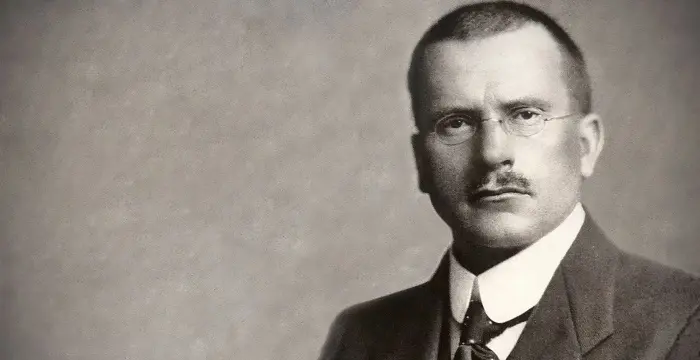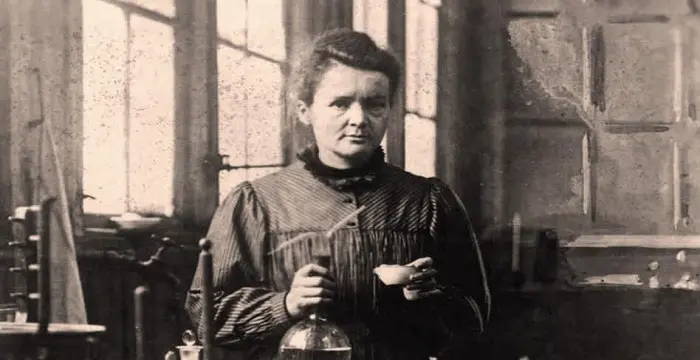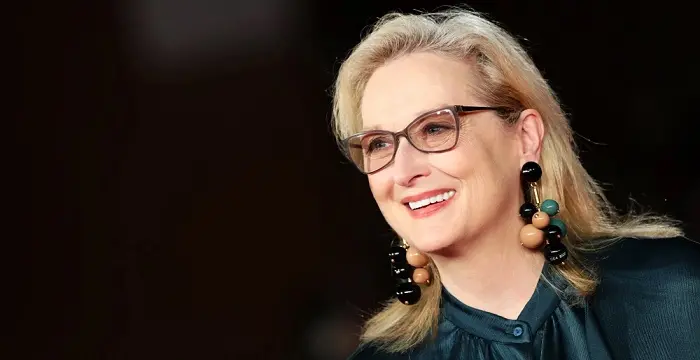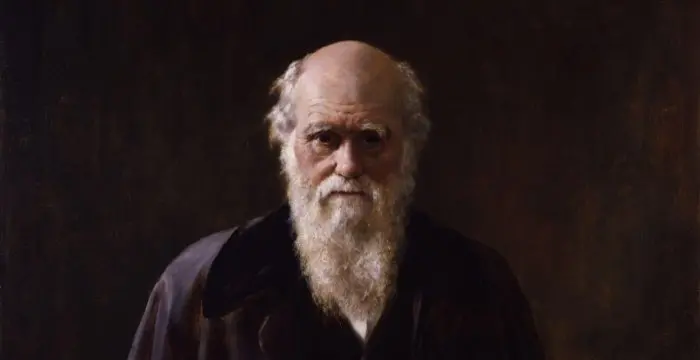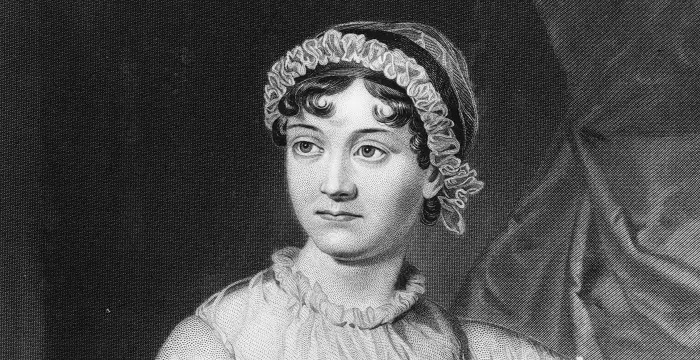
Jane Austen - Novelists, Birthday and Facts
Jane Austen's Personal Details
Jane Austen was an English writer famous for her novels, ‘Pride and Prejudice’, ‘Emma’ and ‘Sense and Sensibility’
| Information | Detail |
|---|---|
| Birthday | December 16, 1775 |
| Died on | July 18, 1817 |
| Nationality | British |
| Famous | Died Young, Writers, Novelists, INTP |
| Siblings | Cassandra Elizabeth, Charles John, Edward, Francis William (Frank), George, Henry Thomas, James |
| Universities |
|
| Cause of death |
|
| Birth Place | Steventon Rectory, Hampshire, England |
| Gender | Female |
| Father | George Austen |
| Mother | Cassandra |
| Sun Sign | Sagittarius |
| Born in | Steventon Rectory, Hampshire, England |
| Famous as | Novelist |
| Died at Age | 41 |
// Famous Writers
Joyce Meyer
Joyce Meyer is a Christian author and speaker. This biography provides detailed information about her childhood, life, achievements, works & timeline
Temple Grandin
Temple Grandin is a well-known American writer, autistic activist and animal expert. This biography profiles her childhood, life, achievements, career and timeline
Tennessee Williams
Tennessee Williams was one of the greatest playwrights of the 20th century. This biography of Tennessee Williams provides detailed information about his childhood, life, achievements, works and timeline.
Jane Austen's photo
Who is Jane Austen?
Jane Austen was an English author, primarily known for her six novels, all of which interpret the life of British landed gentry at the end of the eighteenth century. Born into a large and close knit family that belonged to the lower fringes of English gentry, she wrote what she had seen and experienced. She started writing at the age of twelve and by the age of eighteen, she had created a large volume of work, which though rather boisterous, shows her dislike for sentimental fictions. Her first serious work ‘Lady Susan’ was written at the age of nineteen. She then went on to produce more novels. However, none of them found publishers until she settled down in Chawton and her brother Henry began to act as her literary agent. Thereafter, four of her novels were published in quick succession; the rest being published shortly after her death.
// Famous Novelists
Charles Bukowski
Charles Bukowski was a German-born American novelist, short story writer and poet. With this biography, learn in details about his childhood, life, works, career and timeline
Milan Kundera
Milan Kundera is a Czech-born French writer known for his erotic and political writings. This biography of Milan Kundera provides detailed information about his childhood, life, achievements, works & timeline.
Simone de Beauvoir
Simone de Beauvoir was an eminent French writer, intellectual, activist, and philosopher. This biography profiles her childhood, life, thoughts, achievements and timeline.
Childhood & Early Life
Jane Austen was born on 16 December, 1775 in the village of Steventon in Hampshire. Her father, Reverend George Austen, was the rector of the Anglican parishes of Steventon and Dean. A great reader, he owned a vast library and often supplemented his income by tutoring students for Oxford.
Her mother, Cassandra (née Leigh), was famed for her ready wit, impromptu verses and stories. Jane was born seventh of their eight children; she had six brothers named James, George, Edward, Henry, Francis, Charles and an elder sister named Cassandra.
From childhood, Jane was very fond of her sister. Their mother had once said, "If Cassandra's head had been going to be cut off, Jane would have hers cut off too".
Cassandra was an amateur watercolorist, who created two of Jane’s portraits. Like Jane, she too never married and the two sisters lived together all their life. When they were not together, they wrote extensively to each other and more than one hundred such letters have been found.
Jane was also very close to Henry, who started his career as a banker but later became a clergyman. He had a large circle of friends and exposed Jane to a society that she normally would not have known. Later he functioned as her literary agent.
Among her other brothers, James was ten years senior to her. Her second brother George was deaf and mute. Although he mostly lived away from home, Jane taught herself enough sign language to communicate with him.
Her third brother, Edward was adopted by a distant relative, Thomas Knight. She spent the last part of her life in his estate, which he had inherited from his adoptive parents. Francis and Charles joined the navy, both reaching the rank of admiral.
Jane Austen was mostly educated at home by her father and her elder brothers. In addition, she was also an extensive reader and imbibed a lot through her reading.
Another unusual source of her education was the private theatricals that were staged by the siblings in the rectory’s barn. It is believed that they helped to develop her sense of satire.
In the spring of 1783, Jane and Cassandra were sent away to study under Mrs. Cawley, a distant relative. But within a year, both the girls were inflicted with typhus and nearly died from it. Therefore, they were brought back to Steventon.
Thereafter in the spring of 1785, the girls were once again sent to a ladies boarding school, held in the gatehouse of the abbey in Reading, Berkshire. But they were brought back by December 1786, mainly because of financial constraints.
After that, Jane never left her family environment. She resumed her education under the guidance of her father as well as two brothers, James and Harry. Moreover, she now had full access to her father’s library.
Juvenilia
Sometime in 1787, Jane Austen began writing and by June 1793, she had created a large body of work, which she ‘fair copied’ in three large note books, now referred to as the ‘Juvenilia.’ Today, one of those books is preserved in Bodleian Library and the other two in British Museum.
These notebooks contain twenty-nine plays, verses and short novels written in various stages. Among them, ‘Love and Friendship’, a parody of romantic novel, written in 1790 as letters from the heroine Laura to Marianne, showcases her dislike for sentimental fictions.
’The History of England’, written in 1791, is another component of these notebooks. Notwithstanding the name, it is actually a burlesque, poking fun at the schoolroom history textbooks available in those days.
Apart from writing, Jane Austen also loved to socialize. She was fond of dancing and attended the balls held regularly at the town hall or at some of her neighbors’ residences. She was an excellent dancer. She also attended the church regularly and loved sewing.
Making of a Novelist
In the autumn of 1794, Jane Austen wrote her first serious work, titled ‘Lady Susan’. It is possible that she based the character of Susan on her neighbor Mrs. Craven. However, the book was not published until 1871.
In 1795, she wrote ‘Elinor and Marianne’. It not only remained unpublished, but its manuscript is also lost. Although it is certain that her later novel, ‘Sense and Sensibility’ was based on it, in the absence of the manuscript, it cannot be determined how much of the original storyline had been retained.
In October 1796, she wrote another novel, ‘The First Impression’ and completed the initial draft by August 1797. George Austen sent the manuscript to Thomas Cadell, an established publisher in London, but it was rejected. Much later it was revised and published as ‘Pride and Prejudice’.
From November 1797, Austen began to revise ‘Elinor and Marianne’. In August 1798, she started working on another novel, ‘Susan’, finishing it sometime towards the end of June 1799. It was a satire of the Gothic novels popular at the time.
Leaving Steventon
In December 1800, George Austen decided to retire from ministry. Subsequently, he left Steventon and settled in Bath with his wife and two daughters. Not much is known about Jane Austen’s life from then until 1803 except that she received the only known marriage proposal sometime in 1802.
The period is also marked with very little productivity. Many historians take it as a sign of depression, which might have engulfed her as she left the only home she had known. However others refuse to agree. They are of the opinion that she continued to revise her drafts.
In 1803, Jane Austen sold the rights of her novel ‘Susan’ for ten pounds to London bookseller, Crosby & Co. Although they put out advertisements for it, they later decided against publishing it.
In 1804, she started a new novel, ‘The Watsons’; about the harsh reality of an economically dependent woman. However, very soon her father became ill and with that their financial condition began to worsen. It became worse when he died in early 1805. However, her brothers pledged to help the female members of the family.
Austen now abandoned her novel ‘The Watsons.’ That is mainly because after her father’s death, her own financial condition had become something similar to that of her protagonist. Moreover, her life over the next few years was too unsettled to allow any kind of creativity.
After her father died in January, Jane, Cassandra and their mother lived in a rented quarter in Bath until June 1805. Thereafter they lived in various places before moving in with Francis and his new wife in 1806. Although they stayed with them till 1809, the greater part of their time was spent in visiting relatives.
Finally in early 1809, Edward, who had by then inherited his adoptive parents’ estate, invited his mother and sisters to settle permanently in one of his cottages in Chawton, Hampshire. Subsequently, the three of them arrived at Chawton on July 7, 1809. Their family friend Martha Lloyd accompanied them.
In Chawton
In Chawton, the four ladies led a very quiet life. They did not entertain much, read a lot and in spare time worked for the poor. They also taught a few children. Jane also began revising her drafts while her brother Henry began to talk to the publishers.
Finally in 1811, the revised version of ‘Elinor and Marianne’ was published anonymously as ‘Sense and Sensibility’ by London publisher Thomas Egerton. Sold on commission basis, it earned her £140.
Next in 1813, ‘First Impression’ was published as ‘Pride and Prejudice’. In this case, she sold the copyright for £110. The novel was an instant hit and by 1817, three editions had been sold out.
Her third novel, ‘Mansfield Park’ was published in May 1814, also by Egerton. Although reviewers neglected it, it was a huge hit and the novel earned her the maximum profit.
Her fourth novel ‘Emma’ was published by John Murray, a better known London publisher, in December 1815. The book was dedicated to Prince Regent (later George IV), albeit at a discreet royal command.
Also in 1815, Austen began to write ‘The Elliots’, which was later published as ‘Persuasion’. She completed her first draft in July 1816. By then, Henry Austen had repurchased the copyright for ‘Susan’ from Crosby, intending to publish it as ‘Northanger Abbey’.
Unfortunately, Henry’s bank failed and the brothers lost a large amount of money with it. As a result, another period of financial austerity began and the two novels could not be published until after Jane’s death.
Major Works
Jane Austen is best remembered for her second published novel, ‘Pride and Prejudice’. The story revolves around the life of five unmarried Benet sisters and their relation to the rich and eligible Mr. Bingley, and his status-conscious friend (and even richer) Mr. Darcy, who come to live in their neighborhood.
Personal Life & Legacy
Jane Austen never married and remained close to her family till the very end.
Sometime in early 1816, Jane Austen was inflicted with some serious illness, later diagnosed as Addison’s disease. However, she continued to write and by August rewrote the final chapters of ‘The Elliots’ and also started a burlesque, titled ‘Plan of a Novel, According to Hints from Various Quarters’ (published in 1871).
Next she started working on ‘The Brothers’ (later titled ‘Sanditon’). However, her condition began to deteriorate and she made her will in April 1817. In May, she was taken to Winchester for treatment. She died there on July 18, 1817 and was buried in Winchester Cathedral.
The cottage in Chawton, in which she spent her last eight years, has been turned into a museum. Known as Jane Austen’s House Museum, it holds Austen family items and furniture, three pieces of her jewelry and eight music books owned by her. Besides, there is the Jane Austen Centre at Bath. Apart from holding a life size wax model of Jane Austen, it tries to depict her life at Bath and its effect on her writing through a permanent exhibition.
// Famous Died Young
Selena
Selena Quintanilla-Pérez, famously known as the ‘Queen of Tejano music’, was a Mexican-American singer, composer, actress, spokesperson and fashion designer. This biography profiles her childhood, life, music career, achievements and timeline.
Steve Irwin
Steve Irwin was a famous Australian naturalist best known for his wildlife show ‘The Crocodile Hunter’. To know more about his childhood, career, profile and timeline read on
Sid Vicious
Sid Vicious was an English musician known for his work with the band ‘Sex Pistols’. Check out this biography to know about his childhood, family life, achievements and fun facts about him.
Jane Austen biography timelines
- // 16th Dec 1775Jane Austen was born on 16 December, 1775 in the village of Steventon in Hampshire. Her father, Reverend George Austen, was the rector of the Anglican parishes of Steventon and Dean. A great reader, he owned a vast library and often supplemented his income by tutoring students for Oxford.
- // 1783In the spring of 1783, Jane and Cassandra were sent away to study under Mrs. Cawley, a distant relative. But within a year, both the girls were inflicted with typhus and nearly died from it. Therefore, they were brought back to Steventon.
- // 1785 To 1786Thereafter in the spring of 1785, the girls were once again sent to a ladies boarding school, held in the gatehouse of the abbey in Reading, Berkshire. But they were brought back by December 1786, mainly because of financial constraints.
- // 1787 To 1793Sometime in 1787, Jane Austen began writing and by June 1793, she had created a large body of work, which she ‘fair copied’ in three large note books, now referred to as the ‘Juvenilia.’ Today, one of those books is preserved in Bodleian Library and the other two in British Museum.
- // 1791’The History of England’, written in 1791, is another component of these notebooks. Notwithstanding the name, it is actually a burlesque, poking fun at the schoolroom history textbooks available in those days.
- // 1794In the autumn of 1794, Jane Austen wrote her first serious work, titled ‘Lady Susan’. It is possible that she based the character of Susan on her neighbor Mrs. Craven. However, the book was not published until 1871.
- // 1795In 1795, she wrote ‘Elinor and Marianne’. It not only remained unpublished, but its manuscript is also lost. Although it is certain that her later novel, ‘Sense and Sensibility’ was based on it, in the absence of the manuscript, it cannot be determined how much of the original storyline had been retained.
- // 1796In October 1796, she wrote another novel, ‘The First Impression’ and completed the initial draft by August 1797. George Austen sent the manuscript to Thomas Cadell, an established publisher in London, but it was rejected. Much later it was revised and published as ‘Pride and Prejudice’.
- // 1797 To 1798From November 1797, Austen began to revise ‘Elinor and Marianne’. In August 1798, she started working on another novel, ‘Susan’, finishing it sometime towards the end of June 1799. It was a satire of the Gothic novels popular at the time.
- // 1800 To 1803In December 1800, George Austen decided to retire from ministry. Subsequently, he left Steventon and settled in Bath with his wife and two daughters. Not much is known about Jane Austen’s life from then until 1803 except that she received the only known marriage proposal sometime in 1802.
- // 1803In 1803, Jane Austen sold the rights of her novel ‘Susan’ for ten pounds to London bookseller, Crosby & Co. Although they put out advertisements for it, they later decided against publishing it.
- // 1804In 1804, she started a new novel, ‘The Watsons’; about the harsh reality of an economically dependent woman. However, very soon her father became ill and with that their financial condition began to worsen. It became worse when he died in early 1805. However, her brothers pledged to help the female members of the family.
- // 1805 To 1809After her father died in January, Jane, Cassandra and their mother lived in a rented quarter in Bath until June 1805. Thereafter they lived in various places before moving in with Francis and his new wife in 1806. Although they stayed with them till 1809, the greater part of their time was spent in visiting relatives.
- // 1809Finally in early 1809, Edward, who had by then inherited his adoptive parents’ estate, invited his mother and sisters to settle permanently in one of his cottages in Chawton, Hampshire. Subsequently, the three of them arrived at Chawton on July 7, 1809. Their family friend Martha Lloyd accompanied them.
- // 1811Finally in 1811, the revised version of ‘Elinor and Marianne’ was published anonymously as ‘Sense and Sensibility’ by London publisher Thomas Egerton. Sold on commission basis, it earned her £140.
- // 1813Next in 1813, ‘First Impression’ was published as ‘Pride and Prejudice’. In this case, she sold the copyright for £110. The novel was an instant hit and by 1817, three editions had been sold out.
- // 1814Her third novel, ‘Mansfield Park’ was published in May 1814, also by Egerton. Although reviewers neglected it, it was a huge hit and the novel earned her the maximum profit.
- // 1815Her fourth novel ‘Emma’ was published by John Murray, a better known London publisher, in December 1815. The book was dedicated to Prince Regent (later George IV), albeit at a discreet royal command.
- // 1815Also in 1815, Austen began to write ‘The Elliots’, which was later published as ‘Persuasion’. She completed her first draft in July 1816. By then, Henry Austen had repurchased the copyright for ‘Susan’ from Crosby, intending to publish it as ‘Northanger Abbey’.
- // 1816Sometime in early 1816, Jane Austen was inflicted with some serious illness, later diagnosed as Addison’s disease. However, she continued to write and by August rewrote the final chapters of ‘The Elliots’ and also started a burlesque, titled ‘Plan of a Novel, According to Hints from Various Quarters’ (published in 1871).
- // 18th Jul 1817Next she started working on ‘The Brothers’ (later titled ‘Sanditon’). However, her condition began to deteriorate and she made her will in April 1817. In May, she was taken to Winchester for treatment. She died there on July 18, 1817 and was buried in Winchester Cathedral.
// Famous INTP
Carl Jung
Carl Jung was a Swiss psychiatrist famous for founding the school of analytical psychology. This biography of Carl Jung provides detailed information about his childhood, life, achievements, works & timeline.
Richard Dawkins
Richard Dawkins is an English ethologist and evolutionary biologist. This biography of Richard Dawkins provides detailed information about his childhood, life, achievements, works & timeline.
Marie Curie
Marie Curie was a Physicist and Chemist, who was world renowned for her work on radioactivity. She also was the winner of two Nobel Prize. Read this biography to get info about her life and profile.
Meryl Streep
Meryl Streep is one of the most talented actors of the modern era. She has played the most real-life characters in the history of cinema. Check this biography to get details about her life, profile & timeline.
Charles Darwin
Charles Darwin was one of the most influential figures in human history. Go through this biography to get details about his life, profile and timeline.
Larry Page
Larry Page is the co-founder of search engine Google. This biography of Larry Page provides detailed information about his life, achievements, works & timeline.
Jane Austen's FAQ
What is Jane Austen birthday?
Jane Austen was born at 1775-12-16
When was Jane Austen died?
Jane Austen was died at 1817-07-18
Where was Jane Austen died?
Jane Austen was died in Winchester, Hampshire, England
Which age was Jane Austen died?
Jane Austen was died at age 41
Where is Jane Austen's birth place?
Jane Austen was born in Steventon Rectory, Hampshire, England
What is Jane Austen nationalities?
Jane Austen's nationalities is British
Who is Jane Austen siblings?
Jane Austen's siblings is Cassandra Elizabeth, Charles John, Edward, Francis William (Frank), George, Henry Thomas, James
What was Jane Austen universities?
Jane Austen studied at The Abbey School, Reading
What is Jane Austen's cause of dead?
Jane Austen dead because of Tuberculosis
Who is Jane Austen's father?
Jane Austen's father is George Austen
Who is Jane Austen's mother?
Jane Austen's mother is Cassandra
What is Jane Austen's sun sign?
Jane Austen is Sagittarius
How famous is Jane Austen?
Jane Austen is famouse as Novelist



